Nos hacemos eco de la segunda edición del festival VISITAZIONI (desde el 17 de septiembre hasta el 5 de diciembre de 2015) que tendrá lugar en Roma, Italia. Toda la información del festival está disponible en este enlace y el programa completo aquí.
INSTALLATIONS @ SALA SANTA RITA
from Tuesday to Saturday – 15-19 – Sunday and Monday closedELIO MARTUSCIELLO (IT)
TO EXTEND THE VISIBILITY
From Friday 18 to Saturday, September 26
Thursday, September 17, at 19.00 – OpeningALBERT MAYR (IT)
ESTENSIONI
From Wednesday, September 30 to Saturday, October 10
Tuesday, September 29, at 19.00 – OpeningPETRI KULJUNTAUSTA (FI)
RED LINES
From Wednesday 14 to Saturday, October 24
Tuesday, 13 October, at 19.00 – OpeningLUCA MITI (IT)
FORSE STANOTTE (OPERETTA INUTILE)
From Wednesday, October 28 to Saturday, November 7
Tuesday, 27 October, at 19.00 – OpeningXABIER ERKIZIA (EH)
NON DIRE (NIENTE)
From Wednesday 11 to Saturday, November 21
Tuesday, November 10, at 19.00 – OpeningALVIN CURRAN (US/IT)
MEV’S GLASS PIANO
From Wednesday, November 24 to Saturday, December 5
Tuesday, November 24, at 19.00 – OpeningINSTALLATIONS @ CORTILE DEL TEMPIO DI APOLLO
from Monday to Friday – 8-18,30 – Saturday and Sunday closedALEX MENDIZABAL (EH)
«ORECCHIE VECCHIE CAVE…»
From Wednesday, September 23 to Friday, October 2
Tuesday, September 22, at 19.00 – OpeningGIANFRANCO PERNAIACHI (IT)
TERRE RARE
From Wednesday 21 to Friday, October 30
Tuesday, 20 October, at 19.00 – OpeningMARCELLO LIBERATO (IT)
MOBILE
From Wednesday 18 to Friday, November 27
Tuesday, November 17, at 18.00 – OpeningAll the artists will attend the opening evenings, with a performance
designed to integrate the installationSPECIAL EVENTS
Wednesday, September 30, at 11.00: Courtyard of the Temple of
Apollo in Circo
CURVA CHIUSA (Alex Mendizabal (EH) and Chris Blazen (US)), will
present «… In Motion”.
Sound action, concert, experiment.Saturday, 10 October, at 17.00: Sala Santa Rita
ALBERT MAYR – finestra.window
Albert Mayr, in the final day of his installation, will conduct a workshop on
listening to the soundscape and present the verbal score
«finestra.window», published by ANTS records (Roma). The evening is
included inside the 11th Day of Contemporary Art – AMACITuesday, December 1, 2015, at 17:00: departure from Sala Santa Rita
WALKABOUT NELL’AUTUNNO CONTEMPORANEO
A nomadic conversation, conducted by Carlo Infante-Urban Experience,
with the protagonists of «VISITAZIONI. International Festival of Sound Art»SALA SANTA RITA, Via Montanara (ad. Piazza Campitelli)
CORTILE DEL TEMPIO DI APOLLO IN CIRCO Piazza Campitelli, 7
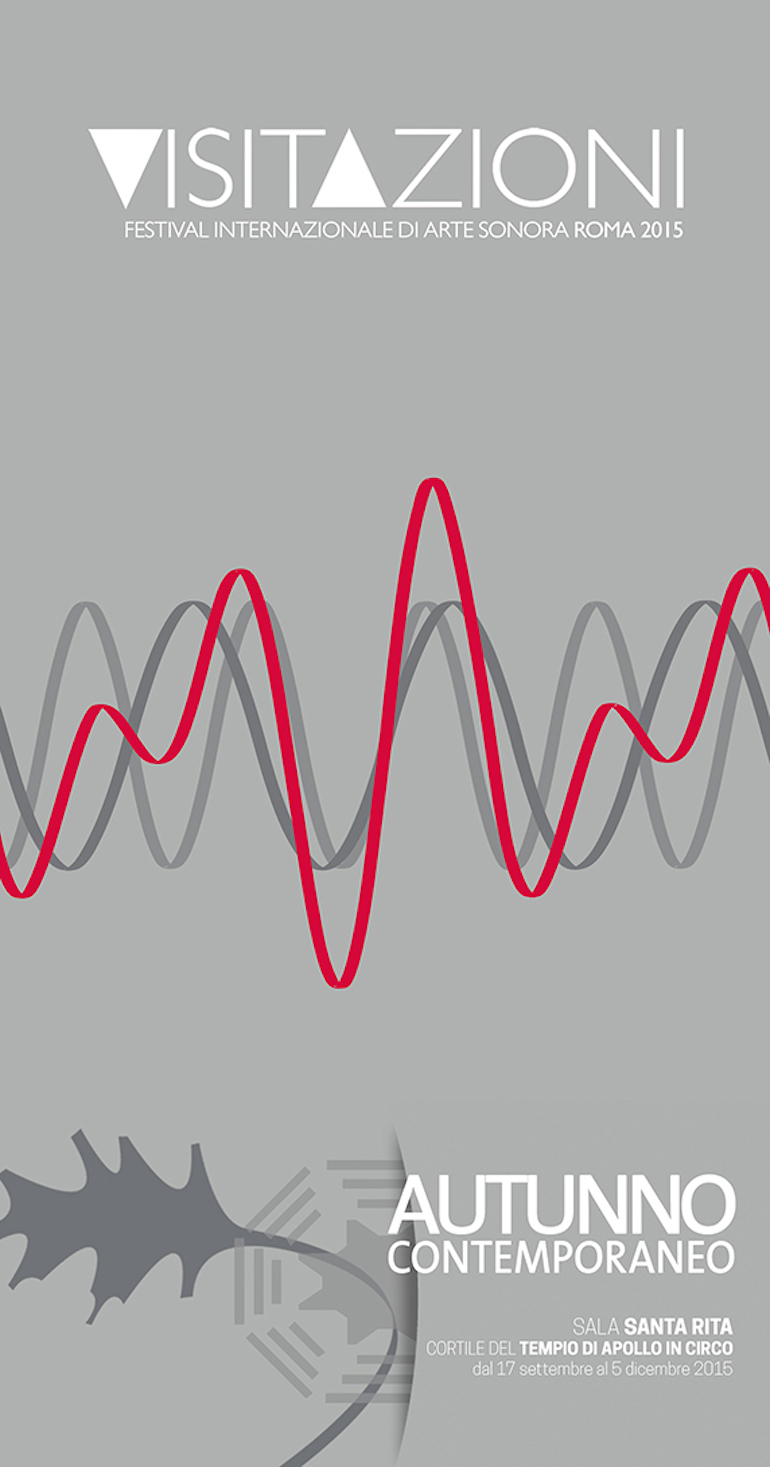

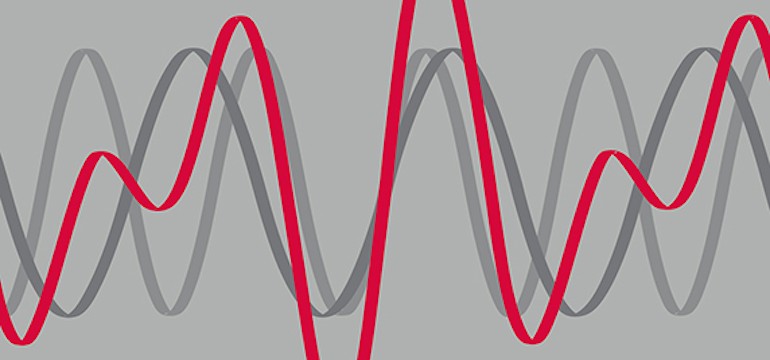
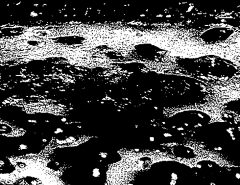
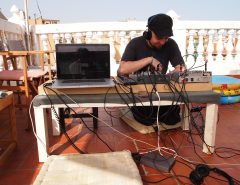
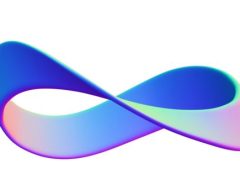
Creo que es muy interesante, y quizàs poco conocido en españa, el trabajo de Albert Mayr (Bolzano 1943)
http://www.propostesonore.org/MAYR-IT.html
Ha trabajado muchas cuestiones sobre el paisaje sonoro y tiene trabajos muy estimulantes sobre el tiempo y los ciclos.
Del programa de la instalación de Alber Mayr: (Ingles / Italiano)
In the discussions on the new notational systems one
question was and still is a crucial point, i.e. the question if,
and if yes to what extent the extensive spatial parameter of
length and the extensive temporal parameter of duration may
elicit similar forms of perception and processing of the
perceived data. In the second half of the 20th century many
composers have tried to replace the traditional, symbolic
notation of duration with an analog one which shows the
relative duration of a sound event through the spatial length
of the sign by which that event was represented in the score. !
This practice had and still has is appropriate for musics
realized with synthetic sounds fixed on a CD or similar
device; in this case the score (when it is written/drawn) usually
functions as a (post factum) record and is not meant to be the
guide for a live performance. It would also be strange to try to
represent the duration of electroacoustic sounds through the
traditional symbolic notation of instrumental music. For the
latter, on the other hand, the symbolic notations appears to
be much easier to read (and here we will not discuss the
various attempts at new notations of duration). The issue has
been discussed much less as far as the listeners/viewers are
concerned, in fact we do not know what happens in the case
of a presentation of successions of sound events/silences with
durational proportions reflecting those of the spatial
extensions of the place; will this ‘kinship’ be noticed or even
elicit a particular aesthetic experience? !
This is the question I chose to address in Extensions. Four
spatial extensions in S.Rita are highlighted (the greatest and
the smallest vertical ones, and the greatest and the smallest
horizontal ones). The rations between these extensions form
the skeleton for the articulation of the durations of sound
events and silences. The lights follow the same (but
multiplied) ratios. !
The work does not intend to be a synaesthetic research on
sound and light (personally I consider synaesthesia not to be a
promising field), but wants to create a spatio-temporal
environment where, perhaps, you may be able to perceive the
common aspects of space and time.!
_______________
La domanda, se, e se sì in che misura, il parametro estensivo
spaziale della lunghezza e quello temporale della durata
possano dare luogo a forme simili di percezione ed
elaborazione del dato percepito è stato ed è tuttora un punto
centrale nella discussione sulle nuove forme notazionali. !
Molti compositori, nella seconda metà del Novecento, hanno
provato a sostituire la notazione simbolica delle durate con
una analogica che, appunto, indicava la durata relativa di un
evento sonoro attraverso la lunghezza grafica del segno con
cui l’evento veniva indicato nella partitura. Tale pratica aveva
ed ha la sua giustificazione per le musiche realizzate con suoni
sintetici e fissate su supporto, nel qual caso la partitura (se
viene redatta) spesso ha la funzione di protocollo (post
factum) e non deve servire da guida per un’esecuzione dal
vivo, e sarebbe un po’ curioso cercare di indicare le durate di
suoni elettroacustici realizzati in studio con i simboli
notazionali della musica strumentale. Per quest’ultima invece
si è presto rivelata la superiorità in quanto facilità di lettura
della notazione simbolica (tralasciamo la discussione sugli altri
tentativi di notazione durazionale che pure ci sono stati). !
La questione è stata discussa molto meno sul lato dei fruitori,
praticamente non sappiamo ancora se in un contesto spaziale
con evidenti e marcate estensioni spaziali nel quale sono
presentati avvicendamenti sonori con durate aventi gli stessi
rapporti, tale “parentela” venga avvertita o addirittura dia
luogo ad una particolare fruizione estetica.!
È la questione che ho voluto mettere alla base di Estensioni.
Sono evidenziate 4 estensioni spaziali nella chiesa di S. Rita (la
massima e la minima in verticale, e la massima e la minima in
orizzontale). I rapporti tra quelle estensioni formano lo
scheletro dell’articolazione delle durate dei materiali audio e
delle pause. Le luci stesse sono temporizzate negli stessi
rapporti (moltiplicati rispetto ai valori per l’audio).!
Il lavoro non vuole essere una ricerca sinestetica su suono e
luce (ritengo la sintestesia un terreno scivoloso e poco
promettente), ma si prefigge di creare un ambiente spaziotemporale
di cui, forse, si potrà cogliere gli elementi comuni a
spazio e tempo.!